
Hello all,
Today I will be talking about the bodice inset for the folk costume of Hardanger and Hordaland. This is also called plastron, stomacher, bringeduk, brystduk, brustklut, and other names besides. It is one of the two major focuses of ornament/embroidery for this costume, the other being the whitework on the shirts and aprons, hardangersom. Recently, one usually sees some variant of the design shown above, red cloth with black velvet edge, ornamented with seed beads and bugle beads in a design of one full and two half white eight pointed stars within diamond shaped outlines. Here are some more examples.
However, if one takes a look at old pieces in museums, family collections and more recent publications, one can see that many different designs and techniques were used as ornamentation. These have never actually died out in the region. Now there is more interest in using and showing the variety of different designs. I have found literally hundreds of them, and will share some of the more interesting ones with you today. The vast majority I found online at the website Digitalt Museum.no from Norway which displays a vast number of museum pieces. Most of these are from the Hardanger og Voss Museum.
I will present these by technique, as best I can, but techniques were often combined.
I greatly encourage you to use these, either when making your Hardanger costume or for any other purpose such as pillows, household linens, or some other project.
I found so many cross stitched designs that I will cover them in a separate article.
Note also that while every piece has an ornamental edge, the material used varies quite a bit.
None
Sometimes they did not bother with ornamentation other than a border. This first one has a tarnished piece of silver lace.
Beadwork
There are three different techniques that use beads.
The first is the same combination of bugle beads and seed beads arranged in different patterns. Hearts are popular.

Bead Netting
Applique
Beadwork may be combined with applique of cloth and/or ribbon.
Seed Beads
Another technique is to sew seed beads onto cloth in a pattern, with each bead forming a pixel of the design.
Sometimes they are combined with cross stitch.
Embroidery
There are three main embroidery techniques that are used; darning stitch, counted satin stitch, and cross stitch. Brick stitch, chain stitch and others were also used, but not as frequently. These techniques were often combined. If you decide to replicate any of these designs, do not be too literal as to color. These pieces are old, and some of the colors are faded, Colors do not all fade at the same rate or in the same way.
Here are a few pieces done in unusual techniques, or combination of techniques. I think that some of these are quite striking.

Outline or Holbein stitch combinations

Brick stitch

This is a very old technique and is very widespread. Married women in Hordaland often embroider their shirts in black darning stitch. The darning stitch embroidery on the breastpieces is usually red. Sometimes this technique is used alone, as in these examples. These are very old designs which can be found in many other places.
Black 'stars' form a major motif in many of these designs.
Counted Satin Stitch
This technique was also applied in various ways. One variation was similar to the above, but the frames of the diamonds was made not of darning stitch, but of rows of zigzagged satin stitch.
By reducing the zigzag lines to one, these become area designs, mostly featuring the eight pointed star.
If the diagonal lines are completely removed, this creates a different effect in these area designs. These can be combined with cross stitch.
A different effect is produced by making every other star larger, they thus become contiguous, and smaller stars are placed in between.
Another common technique is to embroider satin stitch triangles onto red cloth, and build up various designs in this manner. This is often combined with other techniques, applique, beadwork, or cross stitch. This results in a unique effect, although from the state of many of these pieces, the result is not very durable.
White stars
Red star with striped center in the points.
I will cover cross stitched designs in my next article.
Thank you for reading. I hope that you have found this to be interesting and informative. I strongly encourage you to use these designs. Bring a touch of Hardanger into your homes. Use them on wall hangings, clothing, pillows, etc. Help keep these beautiful designs alive.
Roman K
email; rkozakand@aol.com










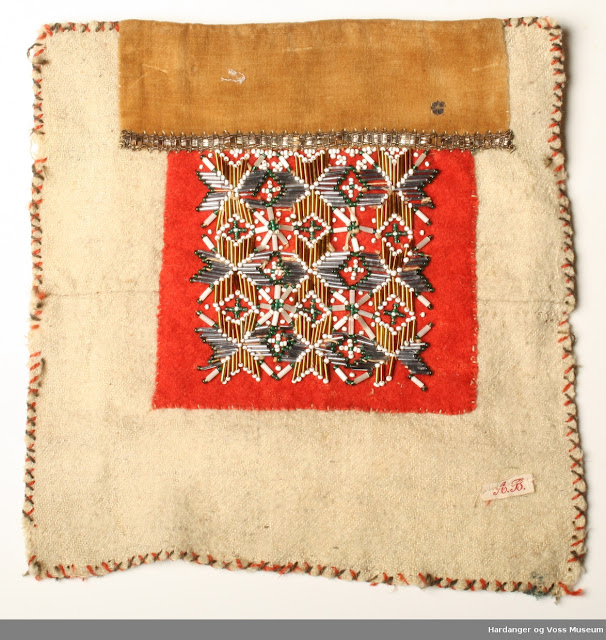

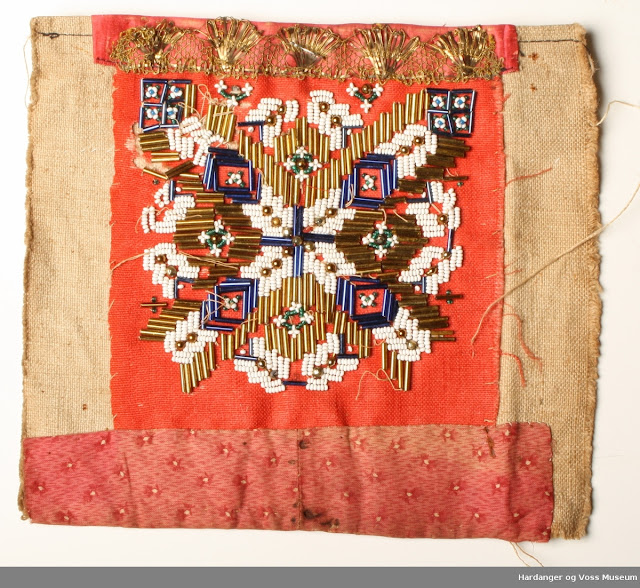



























































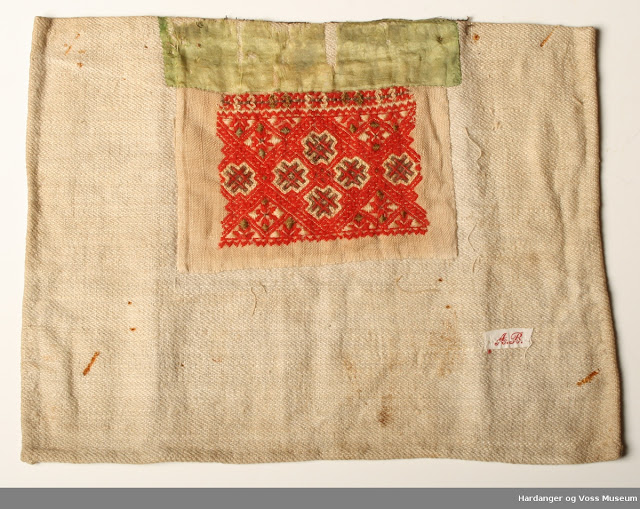





































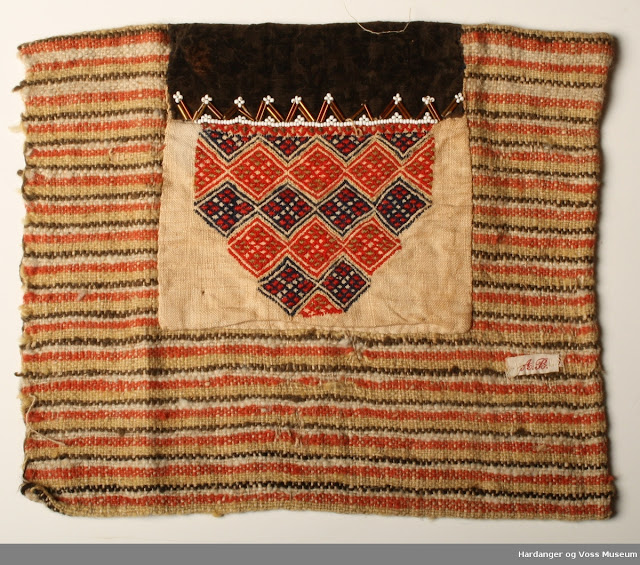









































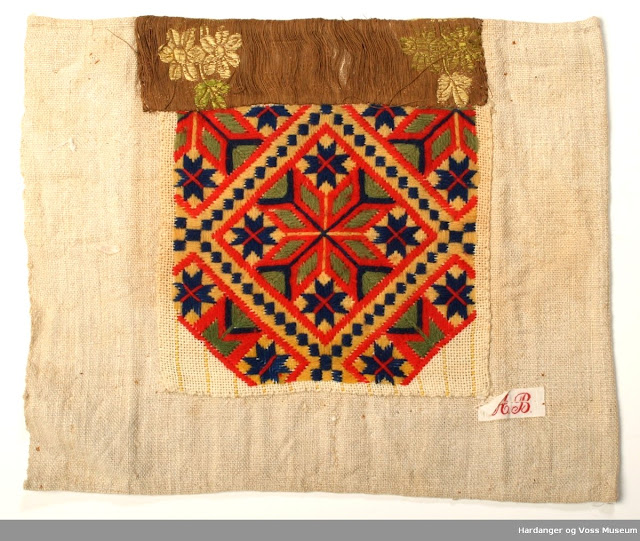




very nice blog.i like all your embroidery.you have nice collection.thanks for sharing it.
ReplyDeleteonce more you've managed to overwhelm my poor brain with beauty! How on earth do you ever select one design to use in a costume? Thank you from the bottom of my heart for the sharing and the hard work and the inspiration. Charlotte
ReplyDeleteThis embroidery is done on a separate piece of the costume. The obvious answer is to make several, and use them for different occasions.
DeleteThank you